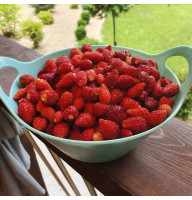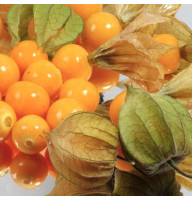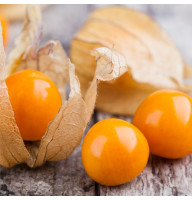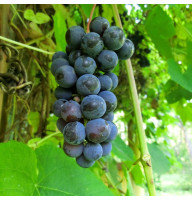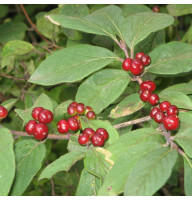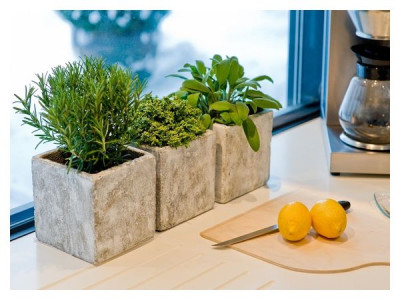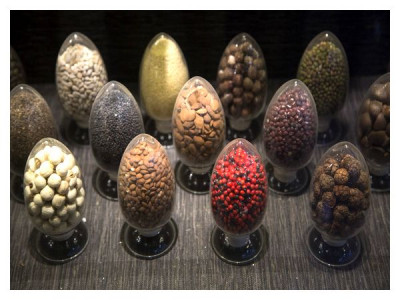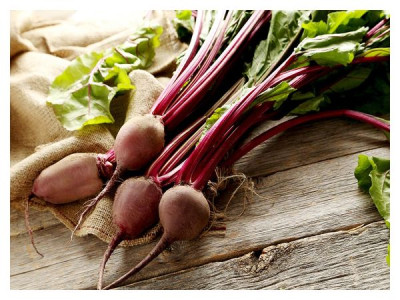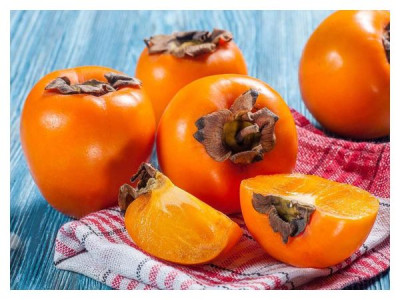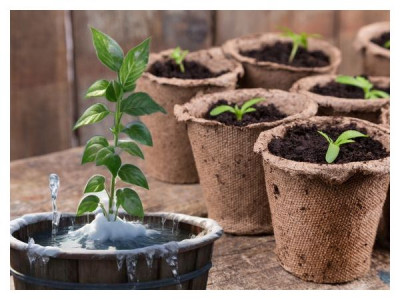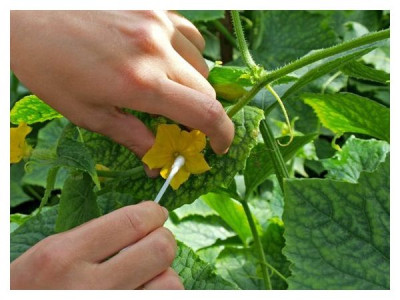In June-July, the question of what to do with the mustache of strawberries is especially relevant. Gardeners have two options: trim the whiskers or use them to grow new plants. Let's take a closer look at both situations.
Today there are many varieties of strawberries without a mustache. When growing such a crop, the issue of trimming a mustache is irrelevant. Therefore, we do not take into account the beardless garden strawberries.
When is the best time to prune strawberry whiskers?
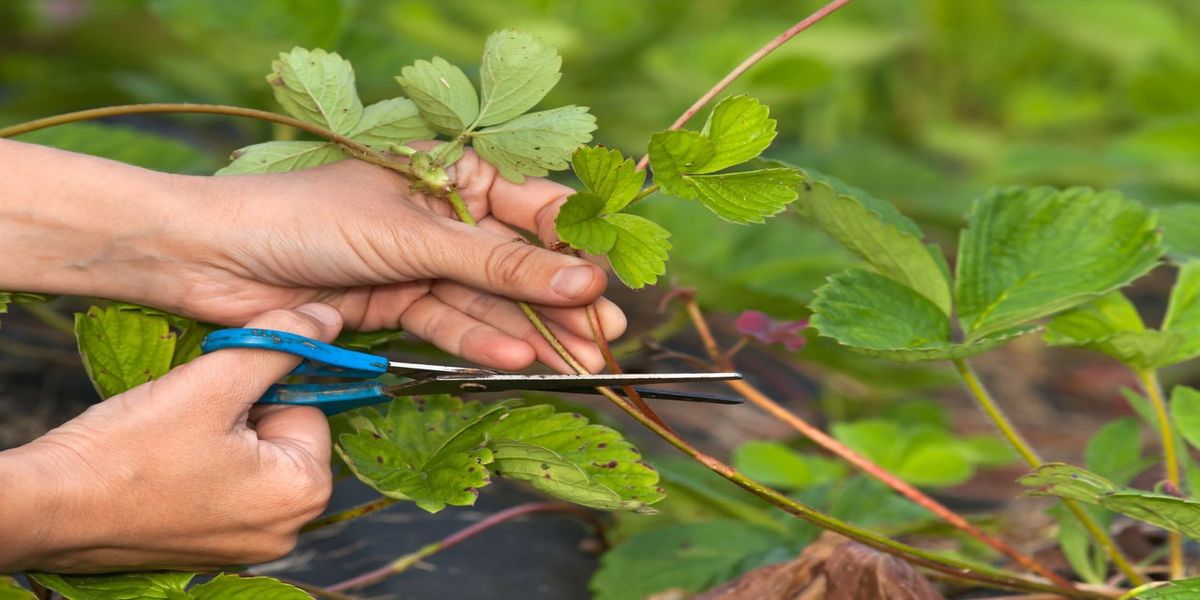
If you are aiming to get a good harvest of large berries, then all strawberry whiskers must be removed twice per season.
The first time - in the spring at the very beginning of the growing season, so that the plant does not waste its strength on the growth of the mustache and directs all the nutrients to the formation of fruits. If you neglect this procedure, the berries will certainly grow, but they will be small, few and tasteless.
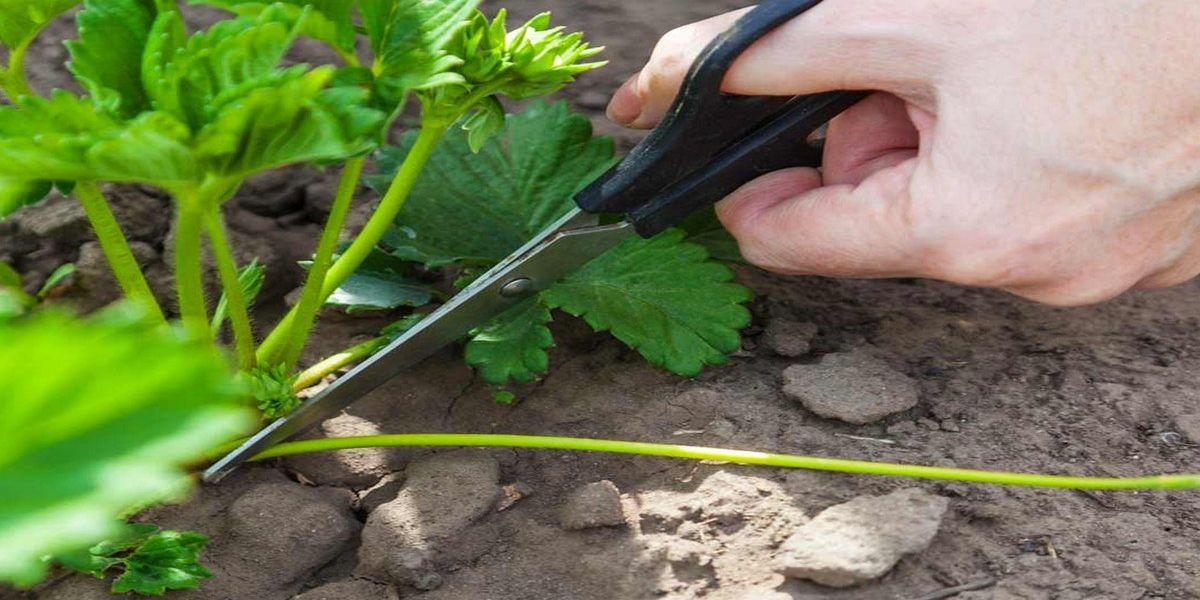
Strawberry whiskers re-grow during the end of fruiting. They again need to be cut off at the very base. And keep in mind: the shoots are very strong, so you should not cut off the whiskers of strawberries with your hands. Otherwise, you will uproot the plant along with the root. Trimming the whiskers of strawberries should be done with a garden pruner or scissors with sharp blades.
Many gardeners prefer to regularly leave mustaches at flowering strawberries, as bushes are replaced every 3-4 years. Timely renewal allows you to get a rich harvest every season, because after a few years the bushes begin to bear fruit worse. But it is convenient to do this if you have at least 2-3 strawberry beds, when the "old generation" grows on one, and the "young growth" on the rest.
How to propagate strawberries with a mustache

Propagating strawberries with a mustache is a simple matter. New plants can be "obtained" in several ways. To get good planting material, wait until fruiting is over and mark (for example, by tying a bright ribbon on a leaf) the most lush bushes on which the largest and most delicious berries have ripened.
Then select the longest mustache with several rosettes and root in the garden (at ground level or a small mound), along with the shoot (whisker), the one that is closer to the mother bush (first-order rosette). It is she who will begin to bear fruit earlier. And cut off the rest of the shoot.
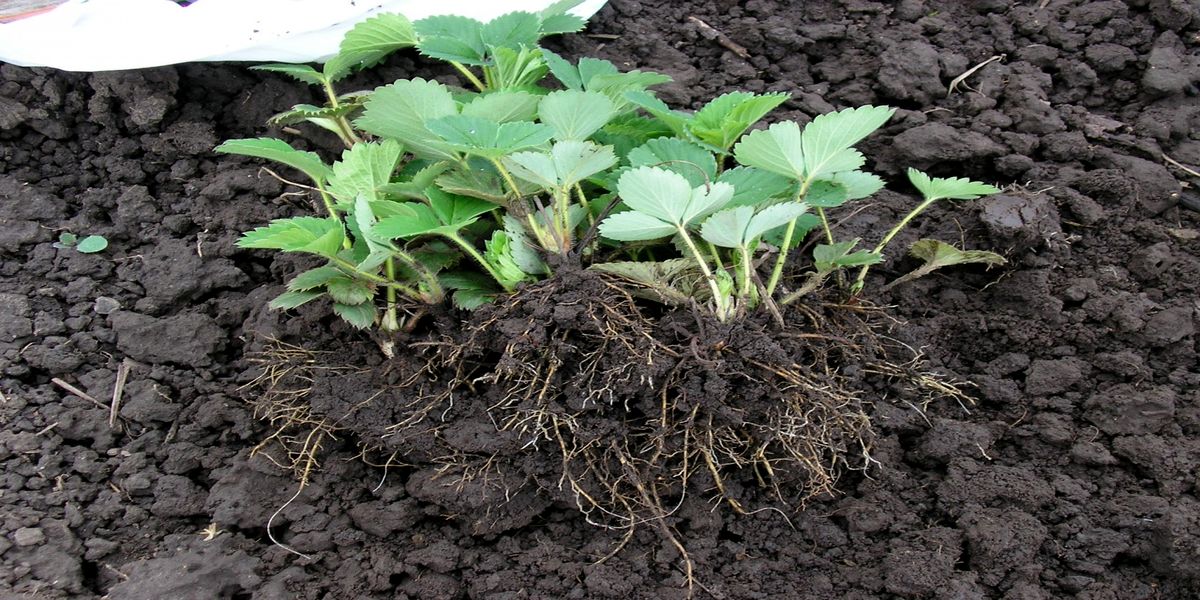
The rest of the whiskers that you do not use for breeding should also be disposed of. After pruning, they can be taken to the compost pit.
Planting strawberries with a mustache can be done in another way. To do this, cut off the mustache immediately after fruiting (usually in July) and root the strongest rosette in a cup or peat pot with fertile soil, while not deepening the central part of the rosette (the so-called heart). Place the container with the plants in the greenhouse or in the house on the windowsill and regularly, but moderately water the young strawberry bushes.
When the mustaches of garden strawberries take root, plant them in the garden from late August to mid-September of the current year. It is best to do this in cloudy weather or in the evening, so that the plants take root easier and faster.
If renewing strawberries regularly with vines or removing vines isn't for you, you might like a vine-free garden strawberry?

